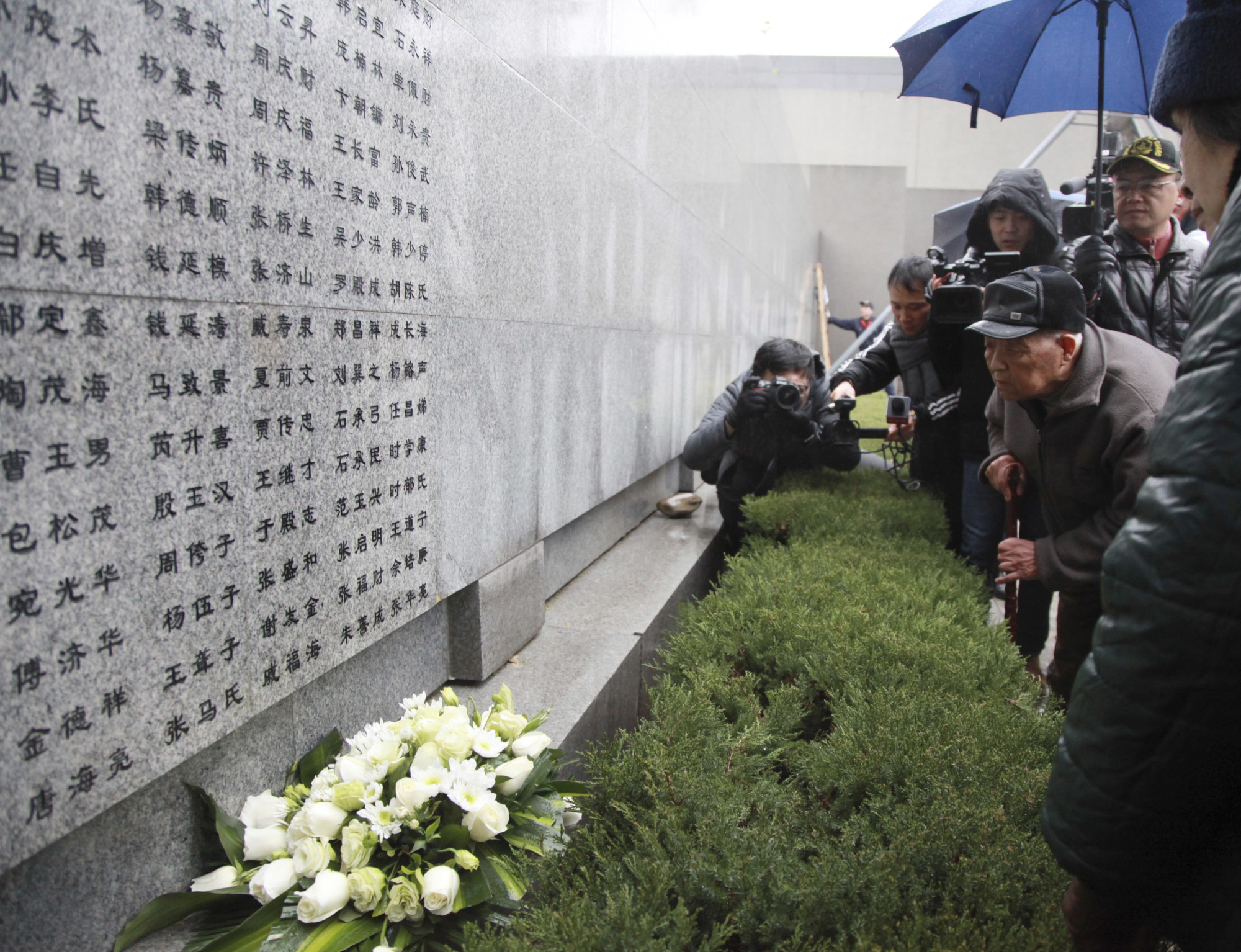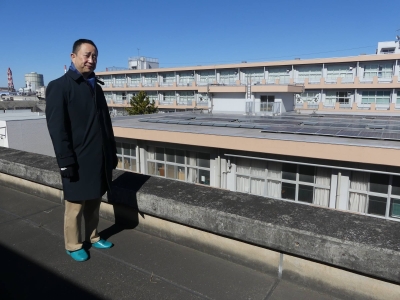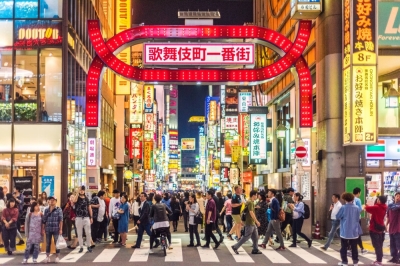The Chinese claim 300,000 people died in Nanjing at the hands of the Japanese military in December 1937 and January 1938. That's three Melbourne Cricket Grounds, four Old Traffords, five Saitama Stadiums or 15 Madison Square Gardens: an enormous agglomeration of humanity. Could the Japanese expeditionary force of 50,000 reasonably have gathered, restrained, moved, executed and disposed of that number in a mere six weeks? If the logistics seems implausible, consider also this: Why would the civilian population of Nanjing have left itself exposed to the oncoming Imperial Japanese Army?
The Japanese march on Nanjing had broad similarities with the advance of Hurricane Katrina on the city of New Orleans in 2005. Those with the means to evacuate had ample opportunity to do so, those that could not took shelter in a designated facility, and some, for reasons of their own, chose to remain in their homes. The facility to which the poor of Nanjing fled was the international settlement, a substantial expanse of dwellings and land that had been declared a safety zone. By way of comparison, Nanjing was around 70 percent the size of New York's Manhattan Island, with the 3.4-square-km international settlement being slightly larger than Manhattan's Central Park.
After Nanjing fell, a contingent of Chinese soldiers rampaged, discarded their uniforms and attempted to merge with the local population. Around 10,000 to 20,000 strong, they were controversially accepted into the settlement by John Rabe, its German-born leader, before being rounded up and executed by the victorious Japanese.



















With your current subscription plan you can comment on stories. However, before writing your first comment, please create a display name in the Profile section of your subscriber account page.